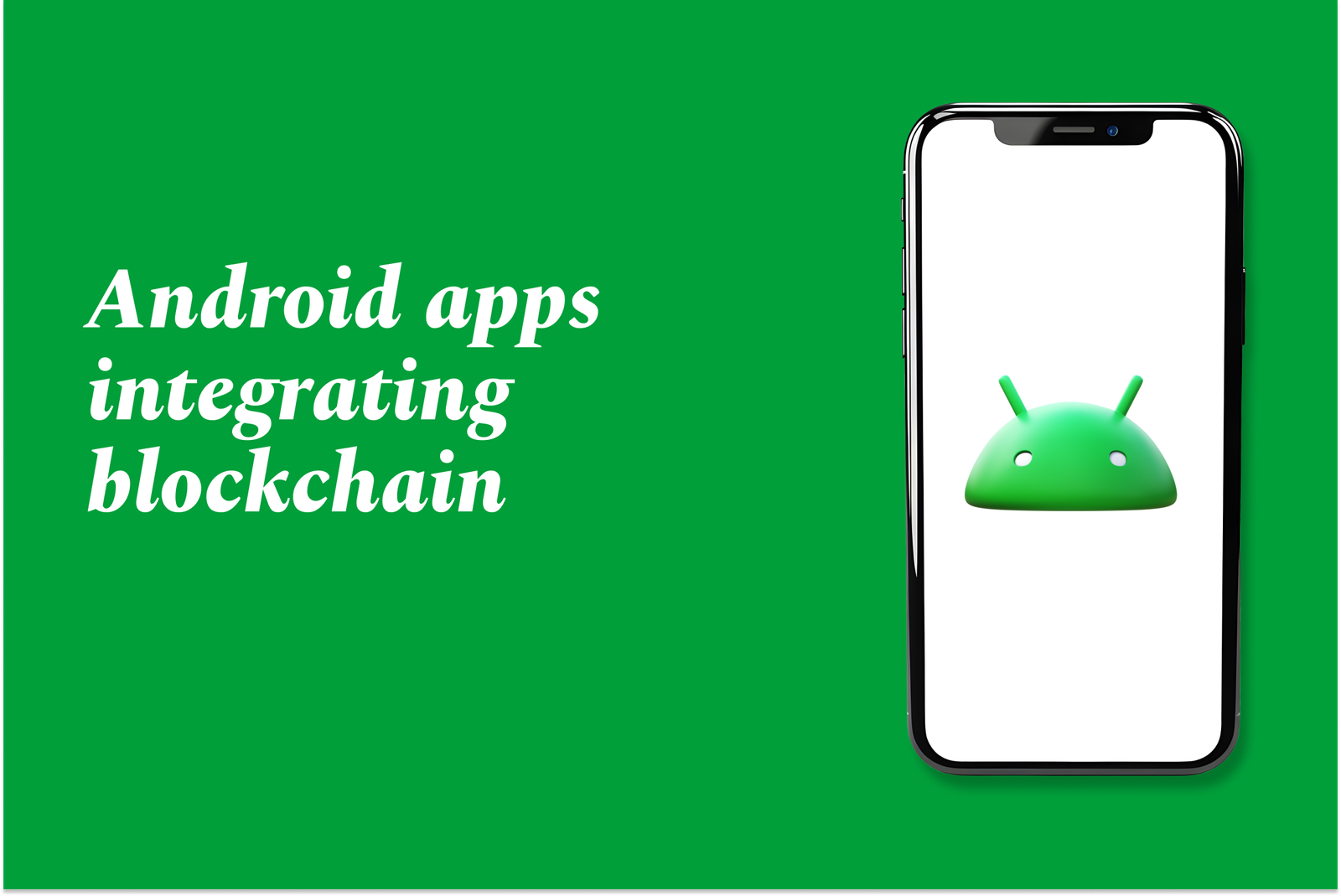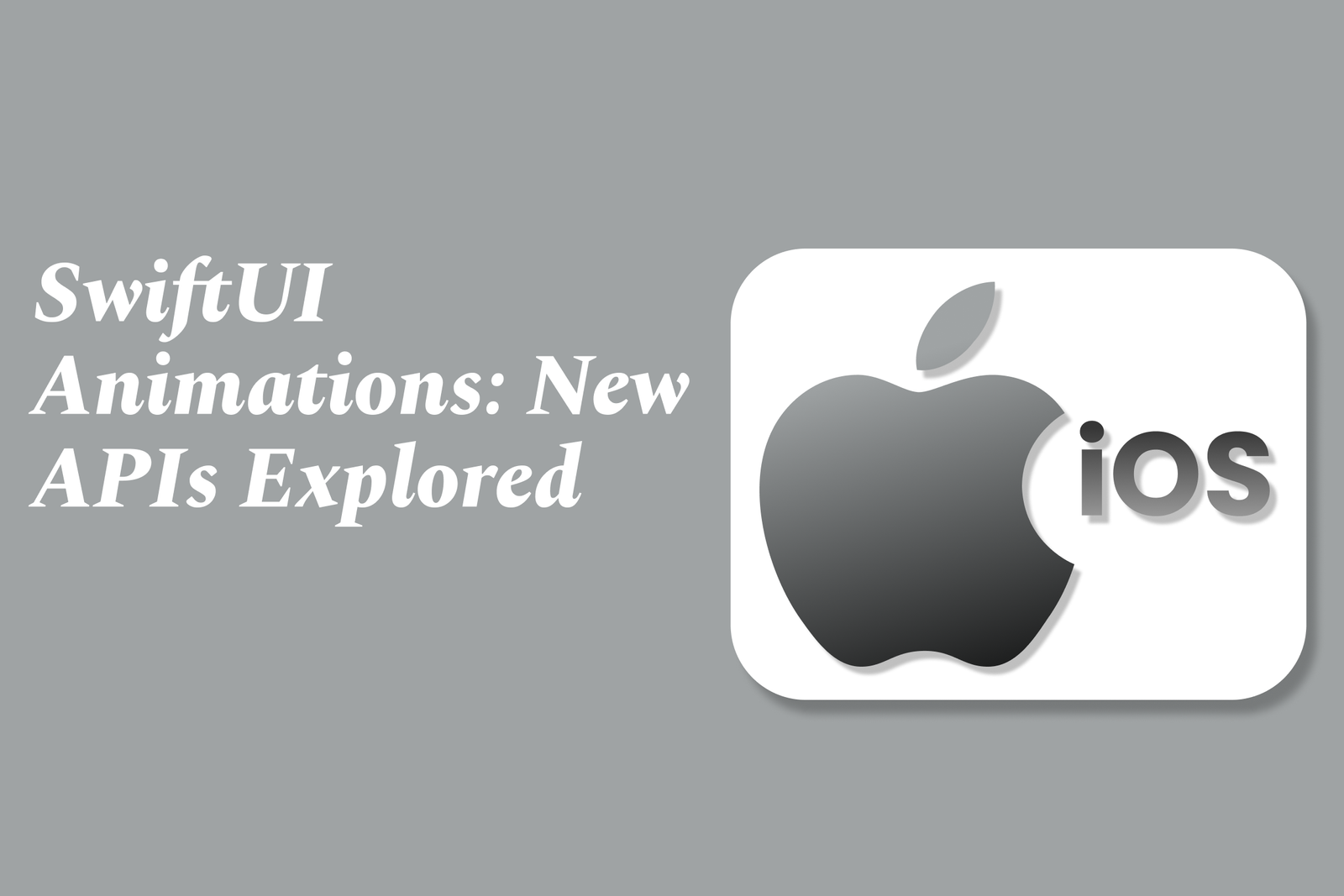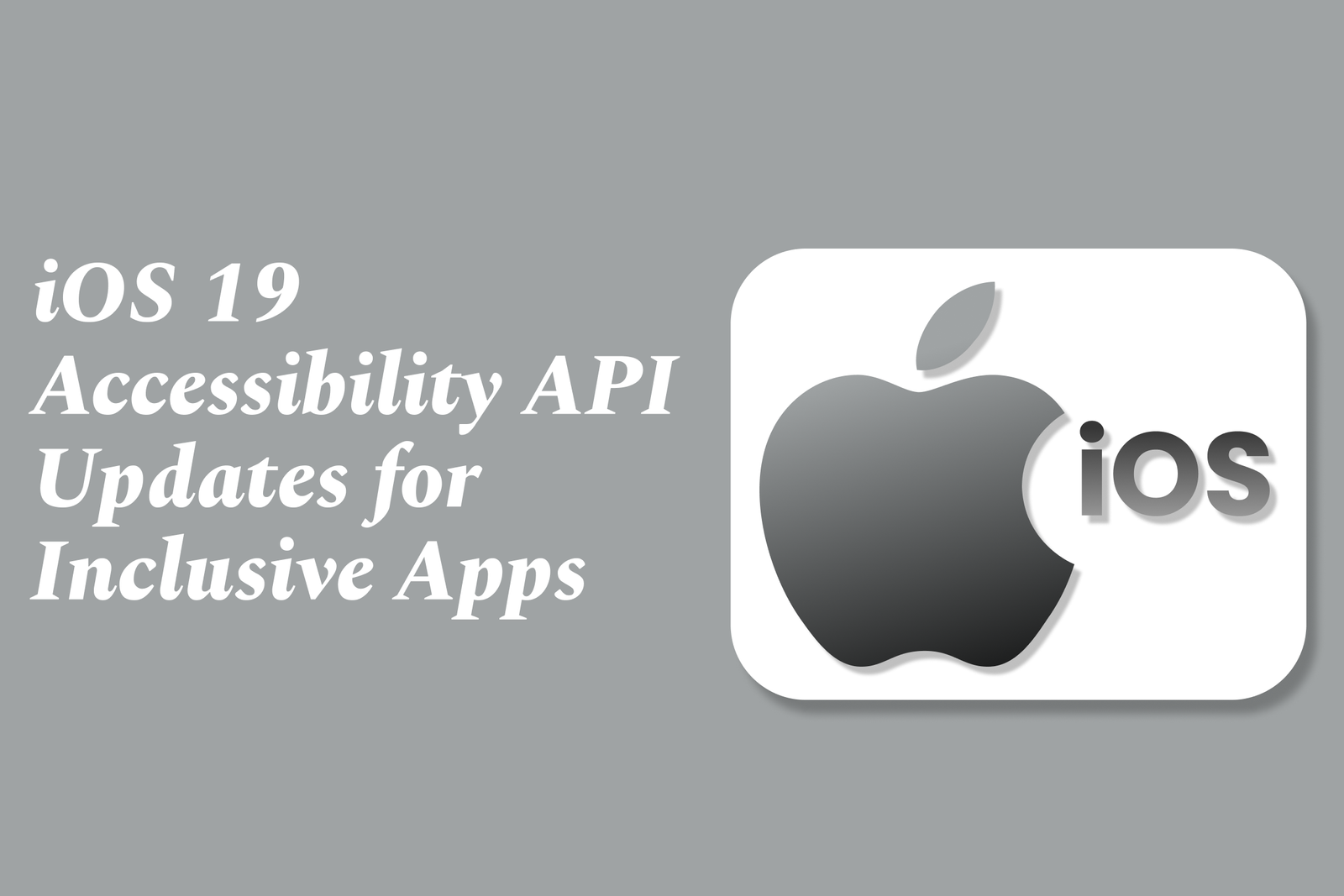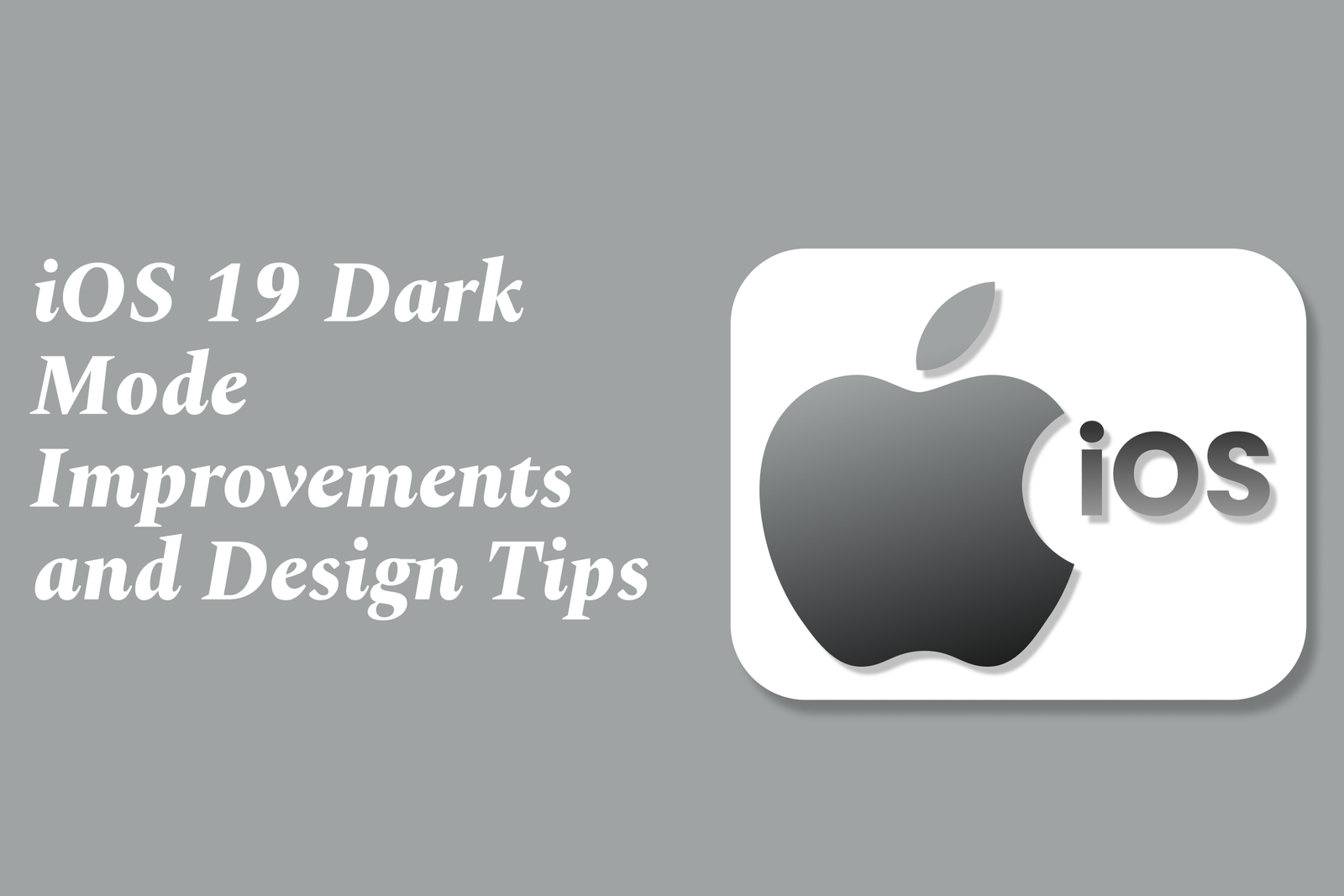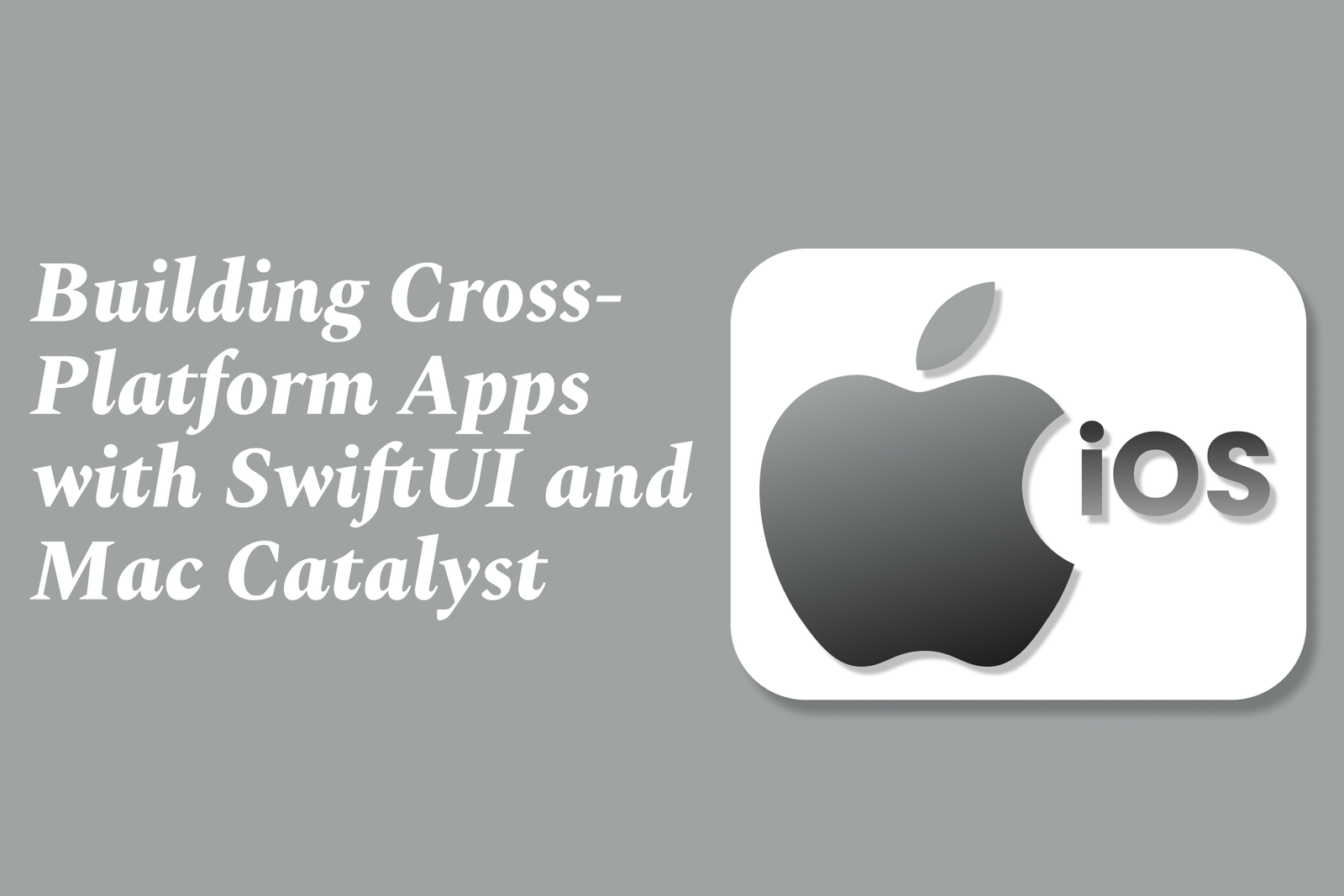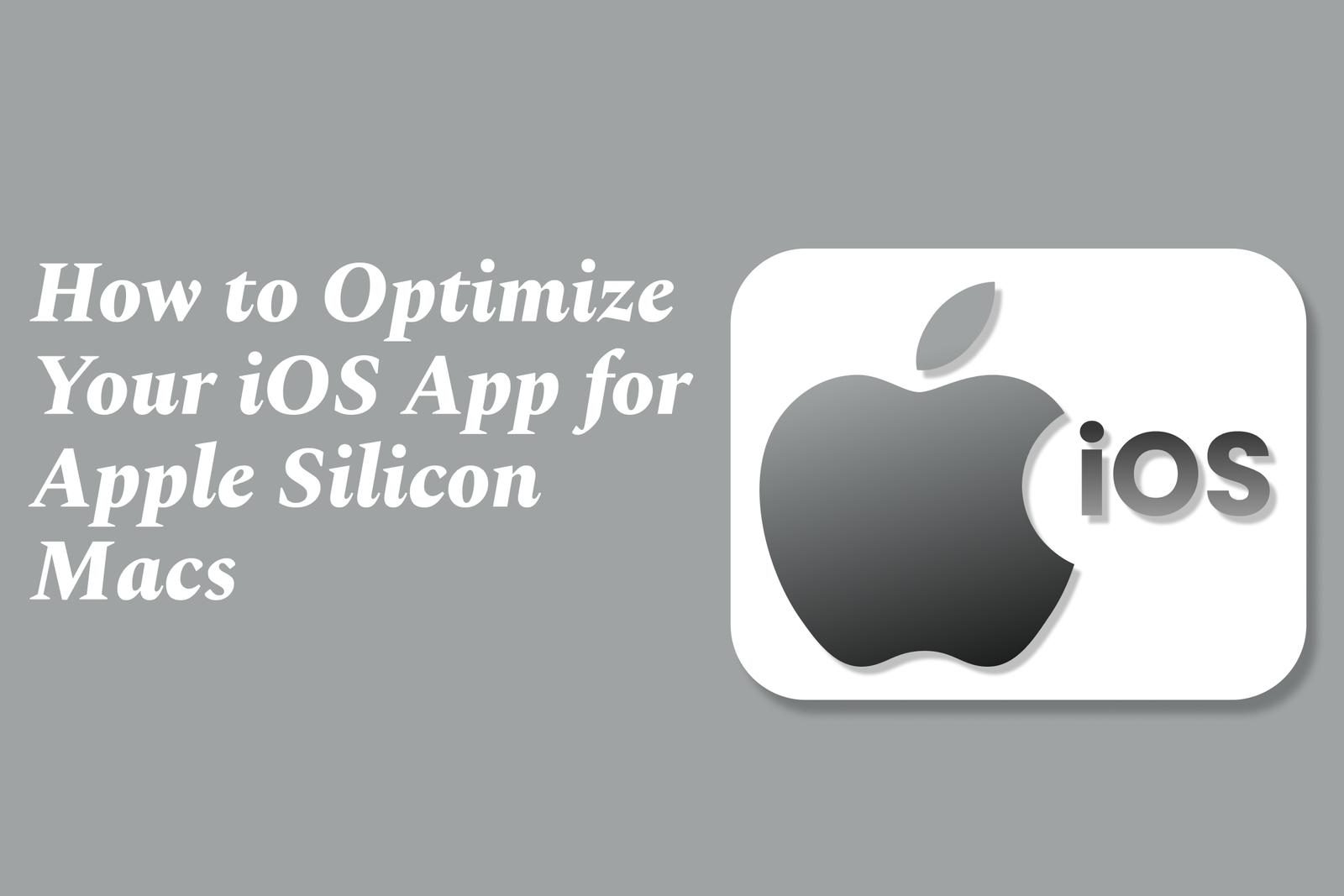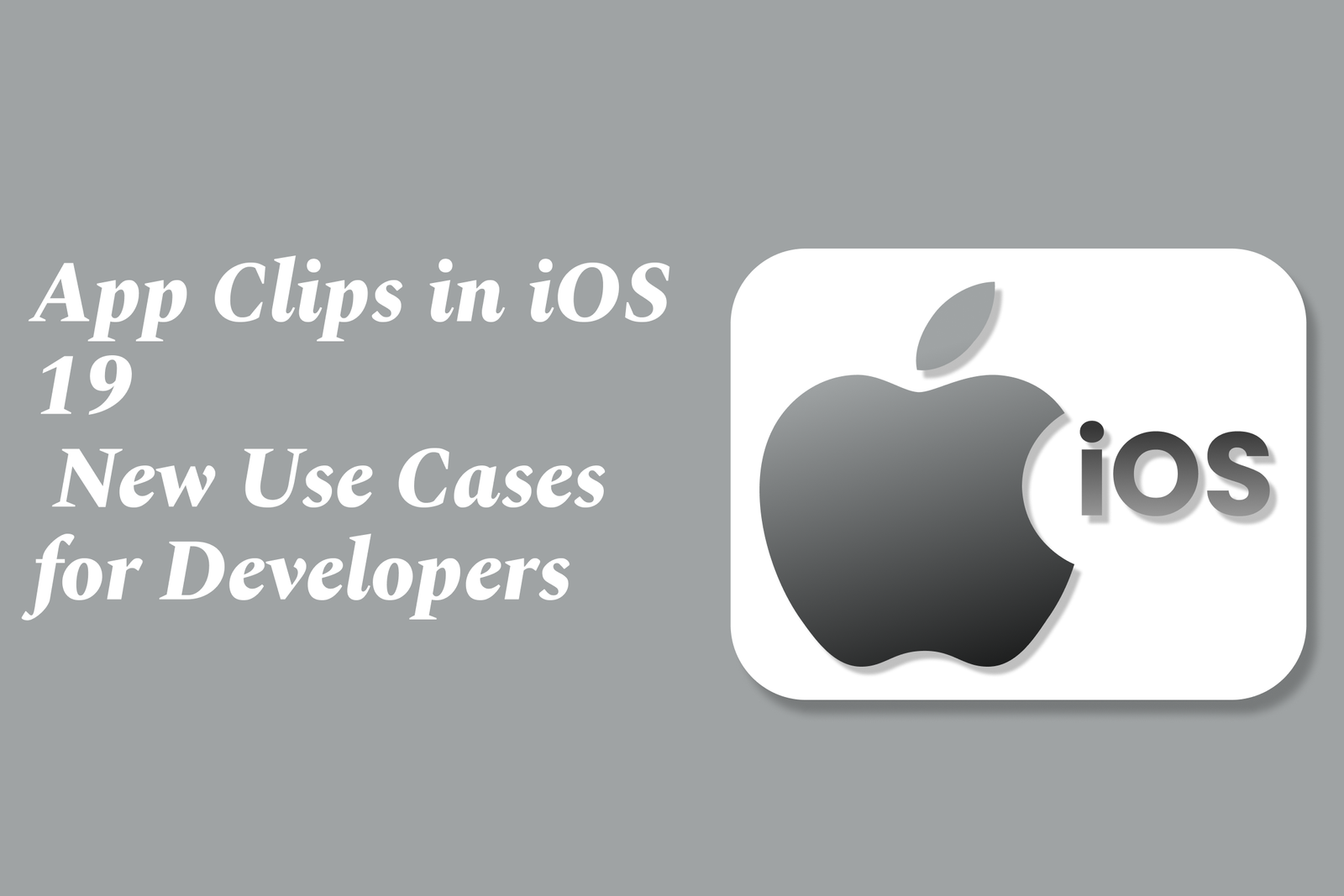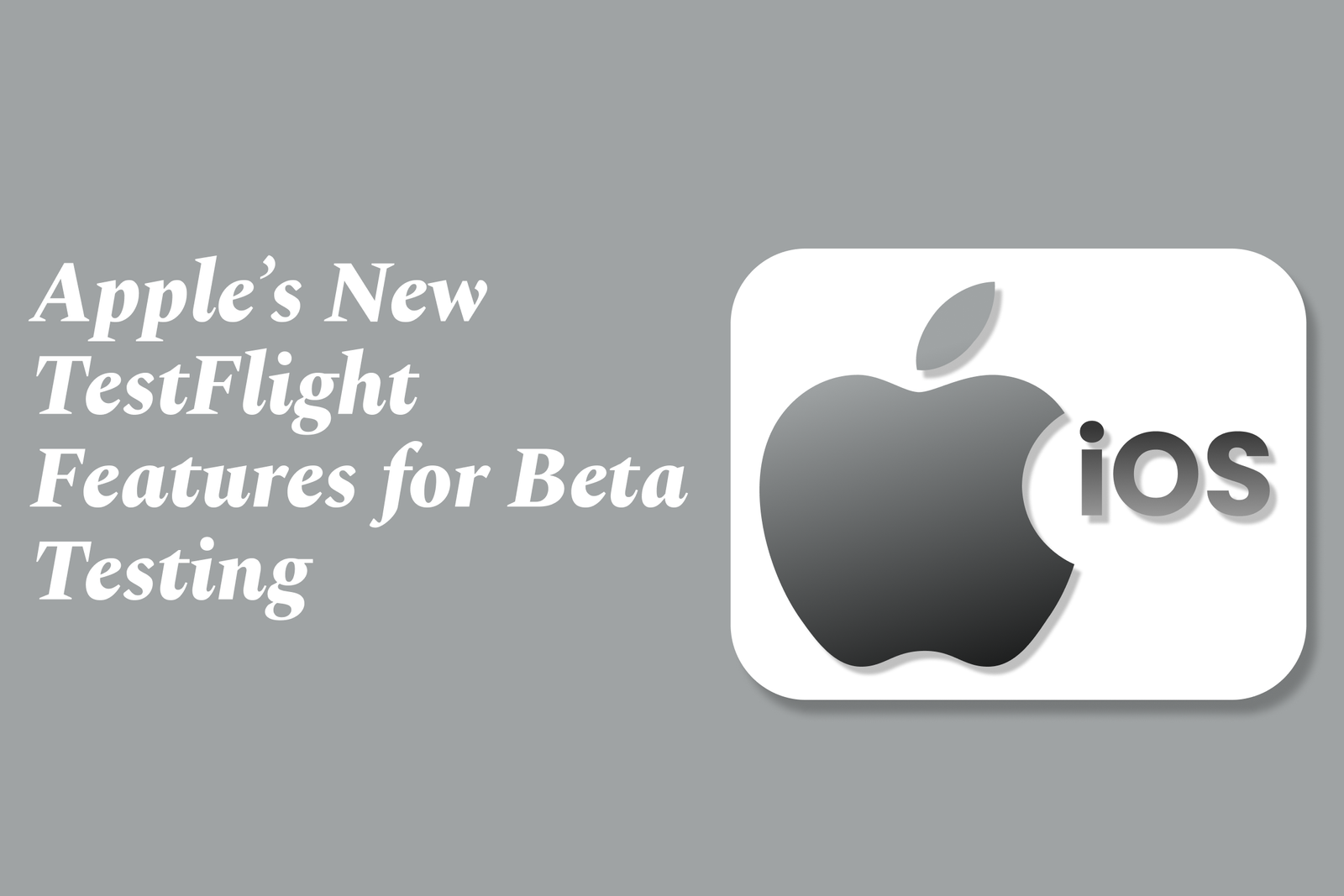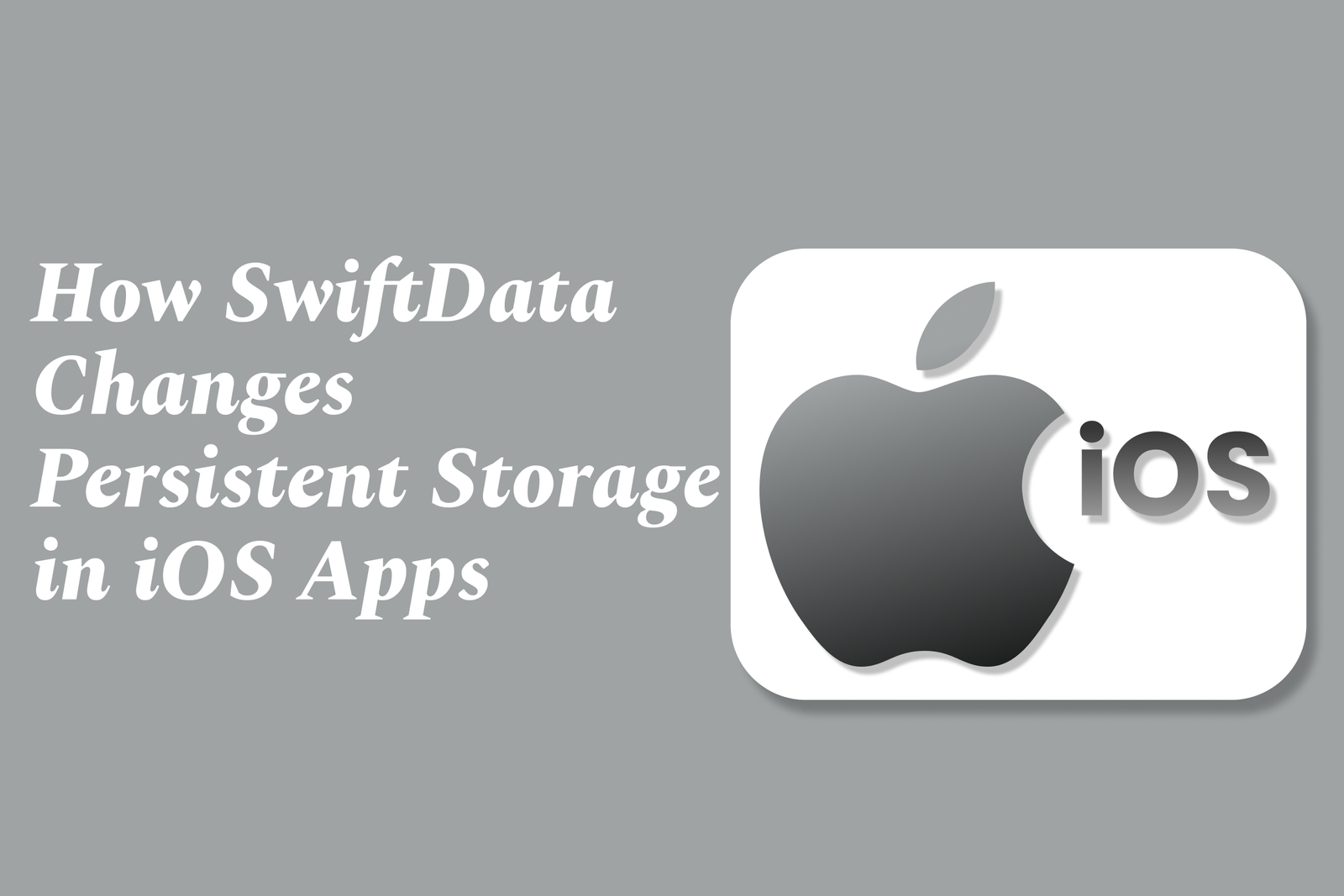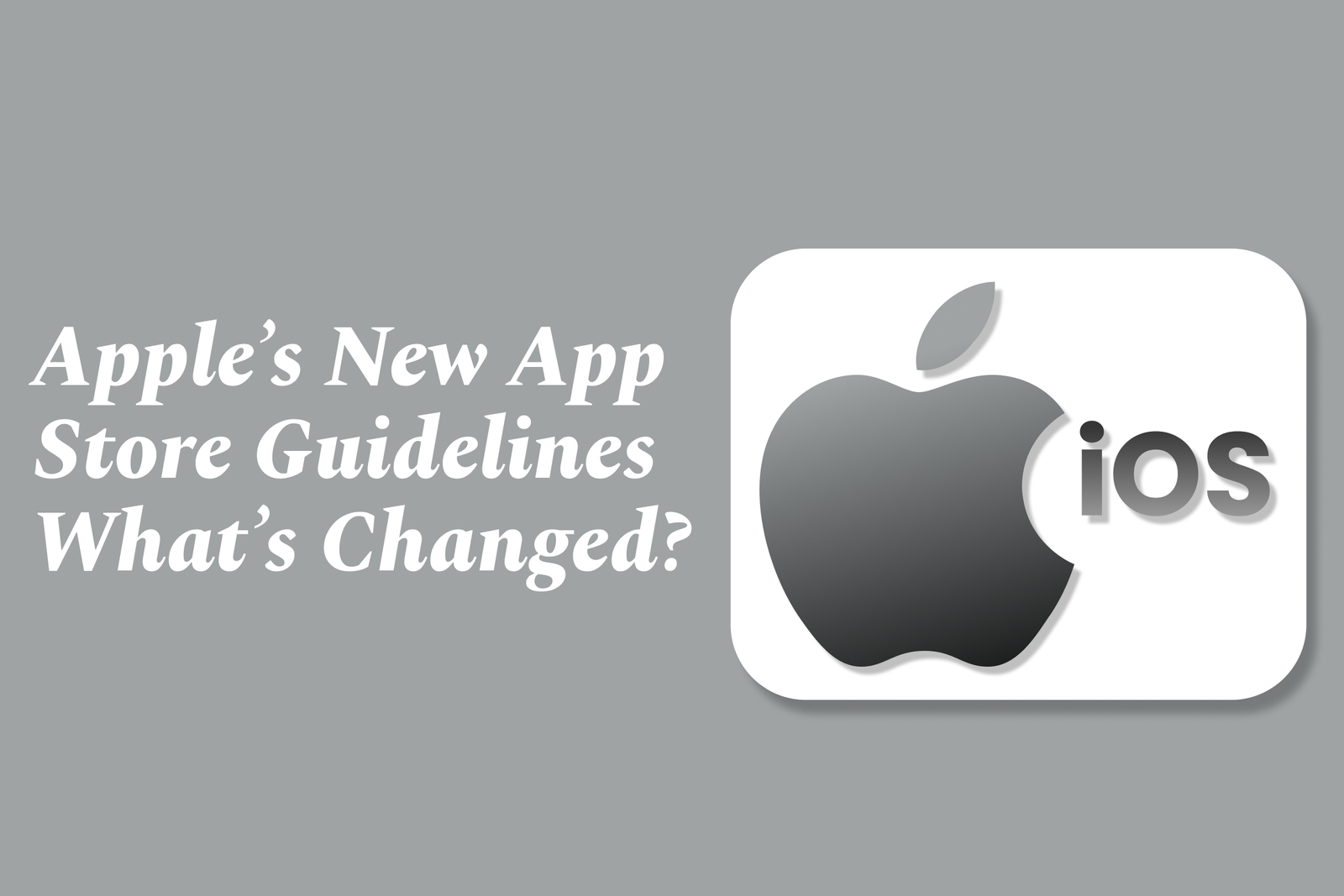Android Apps Integrating Blockchain
Android apps integrating blockchain leverage decentralized technology to enhance security, transparency, and trust in transactions and data management. These apps enable secure payments, identity verification, and supply chain tracking, revolutionizing mobile experiences across industries.
Android apps integrating blockchain
1 ) Introduction to Blockchain in Mobile Apps
Blockchain technology is increasingly integrated into mobile app development, offering decentralized, secure, and transparent digital transactions. Initially popularized by cryptocurrencies, blockchain now serves as a decentralized ledger that enhances app security and trust by preventing tampering and fraud. Its growth is accelerating across industries such as finance, healthcare, and supply chain management.
2 ) Why Blockchain is Important for Mobile Apps
Blockchain’s decentralized nature eliminates central points of failure, making mobile apps more secure. It tracks transactions transparently, ensuring no unauthorized alterations. This technology enables faster, cost effective peer to peer transactions and automates business processes while maintaining reliable records.
3 ) Key Features of Blockchain Technology in Android Apps
Decentralization: Removes dependence on central servers, reducing security risks.
Transparency: Publicly verifiable transactions enhance user trust.
Immutability: Transactions once recorded cannot be altered, preventing fraud.
Smart Contracts: Automated contracts that execute without intermediaries, streamlining transactions.
4 ) Major Use Cases for Blockchain in Android Apps
a. Secure Transactions & Payments:
Blockchain enables secure, transparent cryptocurrency trading and peer to peer payments. Examples include Binance and Coinbase apps that provide multi signature security and automate payments with smart contracts.
b. Decentralized Data Management & Identity Verification:
Apps like Civic utilize blockchain for secure identity authentication without passwords, improving privacy protection and regulatory compliance (GDPR, CCPA).
c. Supply Chain Transparency & Product Authentication:
Blockchain increases supply chain visibility, combating counterfeit goods and fraud by providing immutable records of product provenance.
5 ) Market Growth and Industry Adoption
The blockchain market valued at $10 billion in 2023 is projected to grow at an 87.7% CAGR, hitting $1 )4 trillion by 2030. Venture capital investments and adoption in sectors like financial services, defense, healthcare, and payment networks reflect the technology's rising prominence.
6 ) Security Enhancements through Blockchain
Blockchain decentralizes data storage, significantly reducing risks of breaches and unauthorized data tampering. Incorporating end to end encryption, smart contracts, and regular system audits further fortify app security.
7 ) Future Trends and Developer Considerations
The rise of decentralized applications (dApps), improved interoperability between blockchain networks, and increasing adoption of DeFi, NFTs, and smart contracts will shape the mobile app landscape. Developers must stay updated on emerging trends and best practices to effectively integrate blockchain.
8 ) Challenges in Blockchain Implementation
Complexity of integration, scalability concerns, and regulatory uncertainty remain challenges. However, by leveraging expert consulting and proven development frameworks, these hurdles can be mitigated.
9 ) Conclusion
Integrating blockchain technology into Android apps offers robust security, transparency, and efficiency, driving innovation in mobile development across multiple industries. Developers and businesses embracing blockchain are poised to deliver secure, trust driven user experiences in the evolving digital economy.
https://justacademy.in/news-detail/flutter-in-electric-vehicle-apps
https://justacademy.in/news-detail/speech-recognition-in-flutter-using-ai
https://justacademy.in/news-detail/flutter-community-meetups-in-2025
https://justacademy.in/news-detail/flutter-salary-trends-in-2025
https://justacademy.in/news-detail/best-flutter-practices-every-developer-should-follow
Related Posts
SwiftUI’s new animation APIs enhance flexibility and control, enabling developers to create smoother, more complex animations with improved timing, transitions, and cross-platform support. These updates simplify building dynamic, engaging UIs across Apple’s ecosystem.
iOS 19 Accessibility API updates enhance app inclusivity by offering improved VoiceOver support, advanced gesture recognition, adaptive UI elements, and better integration with assistive devices, enabling developers to create more accessible, user-friendly experiences for everyone.
iOS 19 enhances Dark Mode with deeper blacks, smoother visuals, and improved system consistency. Designers should focus on balanced contrast, readable typography, subtle colors, and seamless Light/Dark transitions to create comfortable, accessible, and visually appealing dark-themed interfaces.
Building cross-platform apps with SwiftUI and Mac Catalyst lets developers create a single codebase that runs seamlessly on iOS, iPadOS, and macOS, combining SwiftUI’s unified UI framework with Mac Catalyst’s ability to bring iPad apps to the Mac efficiently.
Optimizing your iOS app for Apple Silicon Macs involves ensuring native compatibility, adapting the UI for larger screens and input methods, enhancing performance using ARM architecture, leveraging macOS-specific features, and thorough testing to deliver a seamless app experience on Apple’s desktop hardware.
App Clips in iOS 19 are lightweight app modules that launch instantly without full installation, enabling developers to offer quick, context-driven experiences like seamless ordering, payments, and check-ins, enhancing user engagement and boosting app discovery in new real-world scenarios.
Apple’s new TestFlight features simplify beta testing across all Apple devices, enabling developers to easily distribute apps, games, and App Clips to testers without complex setup, supporting automatic updates, device requirements, and broad language options for seamless testing.
iOS 19’s Combine framework update introduces enhanced async handling, improved publisher types, and better integration with SwiftUI, streamlining reactive programming for smoother, more efficient event-driven app development and simplifying asynchronous data flow management.
SwiftData modernizes persistent storage in iOS apps by offering a simpler, Swift-native framework that integrates seamlessly with SwiftUI, reducing boilerplate code and improving data management with declarative syntax, streamlined relationships, and built-in support for cloud syncing.
Apple’s updated App Store Guidelines introduce more detailed age ratings, support alternative app distribution in the EU, and enhance TestFlight beta testing with broader device support and extended testing periods—strengthening app safety, compliance, and developer flexibility.
